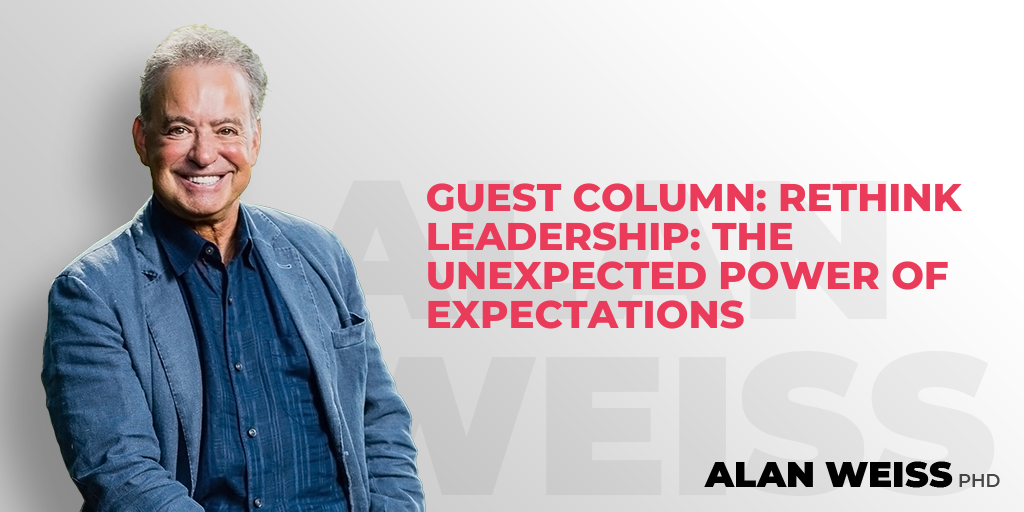Guest Column: Invisible Decision Traps
Invisible Decision Traps
Constance Dierickx, PhD
Constance Dierickx is a member of Alan's Growth Cycle®
When most people picture the executive suite they imagine rarified air, exacting decision-making and a buttoned up approach. Well, abandon those thoughts. No one is immune to decision traps. Why is that? The traps are made of our limited abilities of perception and judgment. Even those equipped with extraordinary intelligence can fall prey to them. What are these dangers lurking, waiting to undermine our best efforts? The top three:
1. Overconfidence
2. Groupthink
3. Need to avoid tension
Raise your hand if you are overconfident
Regardless how humble an individual’s demeanor most people are overconfident in their judgment. A just released survey indicates that over 50% of people asked, reported making a very serious financial mistake in the past five years. A follow up question revealed a stunning statistic. About the same percentage of people reported that they were confident in their ability to make good financial decisions.
It seems that a major error would call into question the decision making process but it doesn’t. People are not just overconfident they tend to remember events and outcomes that support what they believe. That’s right, we see what we believe not the other way around.
For example, I am confident in my judgment and ability to make good decisions. I pay more attention to evidence that I’m right and ignore or explain away evidence to the contrary. This will build my confidence but won’t make me more effective. Yet, I persist. What am I? A human being who lacks the courage to face and adjust to well known traps. What are my options?
- Make judgments and decisions based on evidence rather than belief.
- Listen to people you trust. They can help you see when defensiveness is getting in your way.
- Accept that mistakes are part of the deal. Then move on.
I gotta be me
A very funny cartoon by Gary Larson shows a group of penguins on an iceberg. One has his flippers in the air as he sings, “I gotta be me.” Gary often uses animals to make humorous and ironic points about people. In this case he depicts the urge of a single individual to stand out, even when the group is obviously homogenous. In the United States, individualism has historically been very important. We like to think that resisting the pressure of a group process is easy and happens by force of will. It turns out, that isn’t the case.
Groupthink is a psychological process that many of us learn about in an introductory psychology course. It means exactly what it sounds like, even if the name is new to you. It is the name for a group dynamic in which the people in a group think alike. What’s wrong with that? The feeling of agreement and even comrade can be very rewarding. It’s nice to agree. Sure but what are the consequences when agreement is a condition of discussion rather than an outcome? A few disasters that probably had groupthink as a partial cause:
– Encyclopedia Britannica fails to move it’s content to digital media when the value of doing so was high, instead selling the company for a low price years later. Why? All the executives thought their printed volumes were irreplaceable.
– US Navy leaders belief that they would “not be caught napping” days before the attack on Pearl Harbor.
– Executives pushing for a higher than sustainable share price on a new public offering (Facebook is but one recent example).
Let’s make a decision, even if it’s wrong
I have heard these exact words in more than one business meeting. Why on earth would a smart executive talk like that? It sounds, well, dumb. That said even executives get tired, angry and anxious. When a group of people are tired and cranky at the same time bad decisions are mere seconds away. Recent research shows clearly that fatigue, hunger and frustration lead to worse decisions. No surprise.
So why do groups of people push themselves to endure ten-hour meetings? Doesn’t this make fatigue and frustration a given? Yes but behavior is not nearly so influenced by facts as by the social and status rewards that come from working long hours. Some organizations have such a macho culture that signs of exhaustion are actually celebrated.
The adaptive alternative to this madness is to reward performance, not time and battle scars. No need to assume that important decisions take longer than more trivial decisions. Time isn’t the relevant variable. The nature of the process is far more germane. Here are some new rules of engagement that will help.
- Do not allow discussions to go on without end
- Do not allow people to repeat themselves or each other
- Create a placeholder for issues that are important but not relevant to the current discussion
- Evaluate the decision against your highest priority requirements
The human mind and psyche can play tricks on us. Even the brightest person is not immune. However, with discipline and a willingness to admit mistakes or accept blind spots, individuals, groups and organizations can accomplish amazing things.
Constance Dierickx, the Decision Doctor, helps leaders avoid invisible decision traps in mergers and acquisitions, transitions, leadership and to manage risks that others do not see. Her website address is www.CDConsultingGrp.com.
© 2012 Constance Dierickx All Rights Reserved





